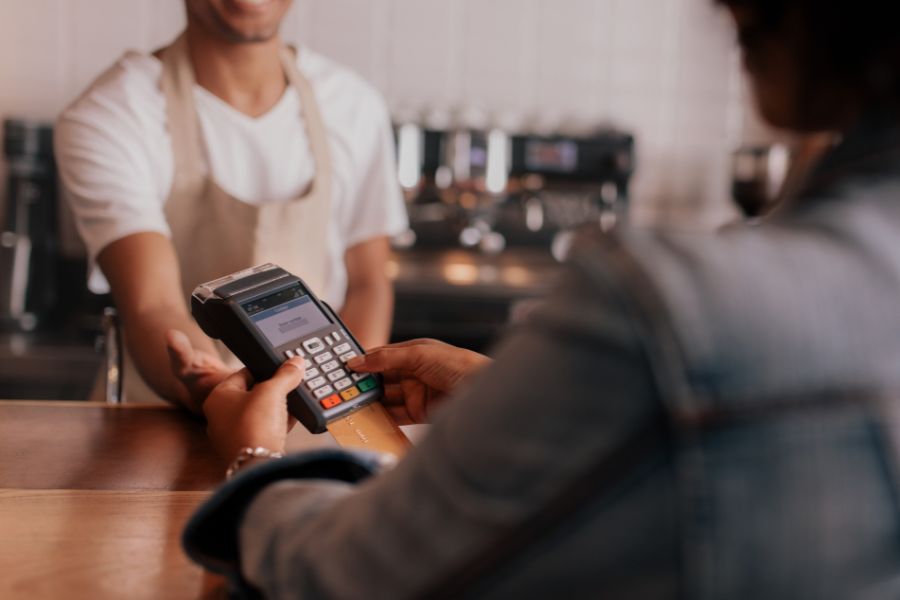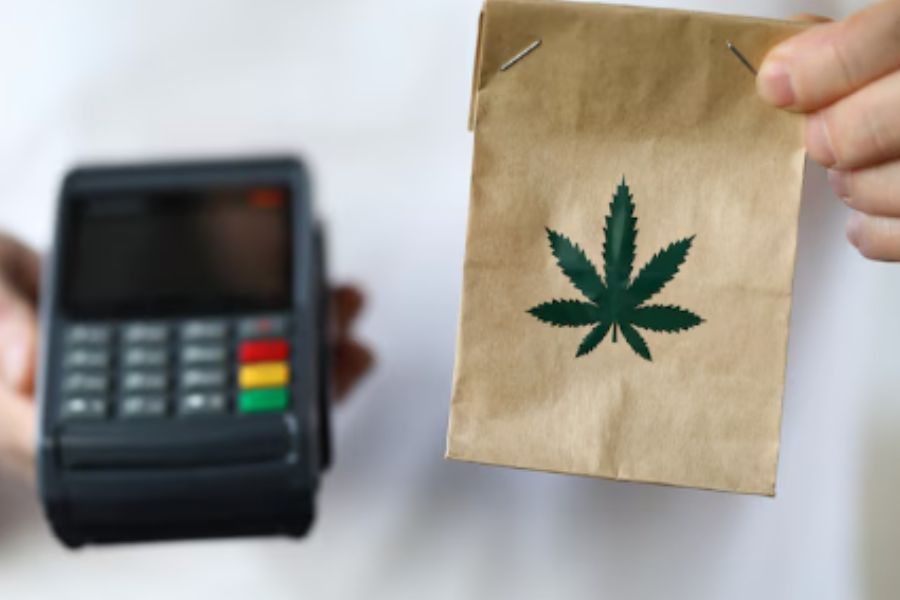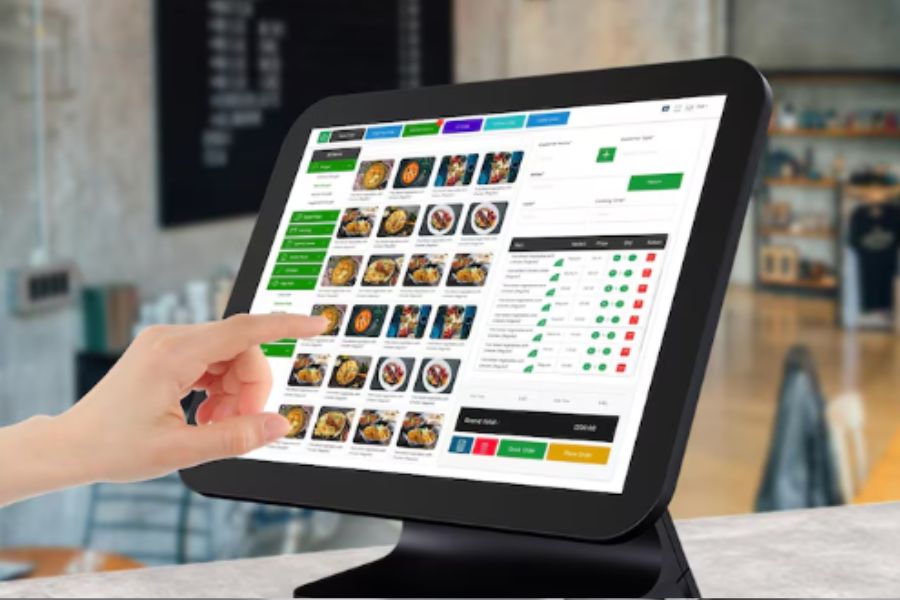Order numbers play a crucial role in streamlining restaurant and retail operations, ensuring that transactions and orders are processed in a structured manner. In a Point of Sale (POS) system, order numbers can be printed on receipts, kitchen printers, and kitchen monitors, providing clarity for both staff and customers.
What is the order number?
An order number is a unique sequence of numbers that identifies different order placements. This number is particularly useful in online platforms, as products are often shipped to a lot of customers and need to be closely monitored. It helps to filter retail orders quickly and efficiently.
This number is beneficial for both customers and retailers to keep track of their products. For customers, it helps to track order details or shipment dates. For retailers, it supports managing purchased products and stores these data in the system for future reference.
In addition, for some businesses, using these numbers in shipment can also protect customers’ personal information, as they can be used as an alternative to their real names. This can improve confidentiality and create a reliable service.
Why Are Order Numbers Important?
Order numbers are crucial for maintaining order accuracy and ensuring that each purchase is processed correctly. In restaurants, for example, kitchen staff rely on these numbers to match food orders with the correct customers, reducing errors and improving efficiency. Similarly, in retail or e-commerce, an order number helps businesses manage inventory, track shipments, and handle customer inquiries or returns smoothly.
Beyond operational efficiency, order numbers also play a key role in customer service and dispute resolution. If a customer has an issue with their purchase, the order number allows businesses to quickly locate the transaction details and resolve the issue efficiently. Additionally, order numbers are essential for managing refunds, exchanges, and loyalty program rewards.
How Are Order Numbers Used in a POS System?
In a POS system, order numbers are used to organize and streamline order processing. When a customer places an order, the POS server generates a unique order number and assigns it to the transaction. This number is then printed on:
- Receipts: Helps customers reference their order details.
- Kitchen Printers & Kitchen Monitors: Ensures that food preparation teams work on the correct orders.
- Order Management Systems: Assists employees in tracking order status and fulfillment.
Order numbers also help maintain sequential and structured order tracking across multiple POS terminals. This prevents duplicate or skipped numbers, ensuring a smooth workflow in high-traffic environments such as restaurants, retail stores, and online marketplaces.
What are the requirements for this number?
An order number should meet some requirements to be valid and useful. First and foremost, an order number should be unique to be identified with other numbers and between different companies. It often has a pre-defined format according to each company. An order number is composed of a series of numbers and spaces/hyphens. For example, an Amazon US order number might look like this: 111-9244735-1237858.
Secondly, an order number should be easy to read and write for both humans and machines. It should not contain ambiguous characters such as O and 0, or I and 1. Also, it needs to be easy to pronounce and spell over the phone or in person. For instance, a Zappos order number might look like this: ZA123456789.
Thirdly, an order number should be secure and confidential. It should not reveal any personal or sensitive information about the customer or the order, such as name, address, phone number, credit card number, etc. It should also be hard to guess or forge by unauthorized parties. For example, a Shopify order number might look like this: #1001.
What can you do with this number?
Companies can differ in the use of order numbers. The order numbers are not the same as tracking numbers, which are used to track the delivery status of a parcel. Tracking numbers are also unique codes that are assigned to each package before it is shipped. They allow customers and carriers to monitor the movement and location of the parcel from the origin to the destination. Tracking numbers are usually printed as a barcode on the shipping label or the package itself.
Depending on the company, customers may be able to track their packages using either their order or tracking numbers. Some companies use different systems for order and tracking numbers, so customers need to check both numbers to see which works for their case. Other companies use the same system for both numbers, so customers can use their order numbers to track their packages. It is recommended to check the company’s website or contact their customer service for more information about what is order number in your case.
Above all, order numbers can be easily pasted or typed in a search box on the company’s website or app. Here, customers and retailers can see all the details about a particular purchase.In general, you should know what is an order number and a tracking number as they are both important numbers that customers should keep for reference. The order number helps customers and retailers to identify and manage a specific order. Meanwhile, tracking numbers help customers and carriers track and locate a specific package.
Conclusion
An order number is more than just a random set of digits—it is a critical component of sales, inventory, and customer service management. By ensuring accuracy, efficiency, and easy tracking, order numbers contribute to seamless business operations and enhanced customer satisfaction. Whether in a restaurant, retail store, or e-commerce platform, a well-organized order numbering system helps businesses operate more efficiently and deliver a better customer experience



